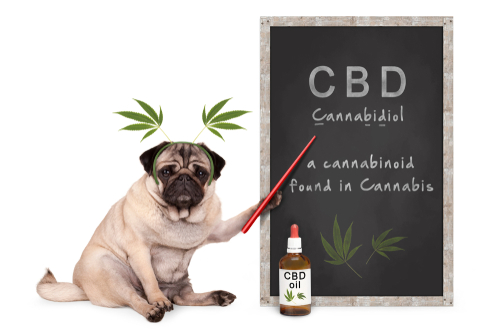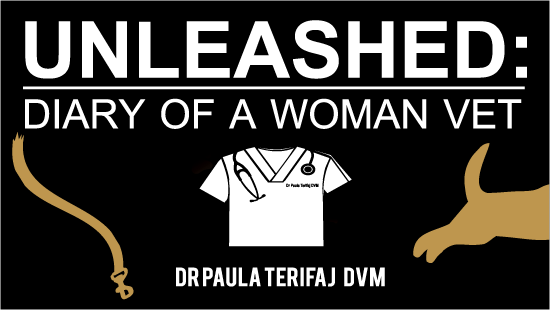Hemp and marijuana are popular names for what is technically the same plant as described in the scientific nomenclature. Belonging to the same family of flowering plants known as Cannabises. Further classification reveals that both plants are the same genus and species, cannabis sativa.
Botanists will no doubt find all the confusion amusing. As for the medically motivated consumer, however, confusion breeds wasted dollars, purchase frustration and worse – giving up hope for any real help.
So, think of the cannabis plant as producing different varieties, much like vineyards dripping with grapes. There are the red ones, the white ones and everything in between. What you grow will depend on cultivation method, soil condition, light exposure and temperature. Variation is the reason wine tasting is more like an adventure and becomes the choice between a $4.99 bottle at Trader Joe’s and the $80 bottle at a five-star restaurant.
Selective breeding practices – controlling which genes get passed on to future generations – are also at work to create specific characteristics or traits recognized as dog breeds. In the diverse canine gene pool, it’s possible to manipulate size, hair coat, color, shape of the muzzle and so on. The modern-day pet dog shares its DNA with the ancestral wolf – canine lupus. Chihuahuas and Great Danes are simply different breeds (different varieties if you will) of the same genus and species. The lesson, or take away here, is to appreciate that the chemical make-up (traits) of the same genus and species can look and act differently. Whether it’s a plant or animal.
Another piece to understanding the cannabis conundrum is rooted in the dark history of the early 1900s – weed prohibition. In short, political powers gave birth to reefer madness propaganda, and the look-alike hemp plant (once a thriving crop in the United States) got lumped into the ban on marijuana. Hemp was just an innocent bystander, since traces of THC (the high or psychoactive chemical in cannabis) are negligible. In just a few short years, the government killed the hemp industry and made outlaws of anyone trying to grow the fibrous plant as well as the flower child, marijuana.
Because hemp was praised for its fiber content and valuable products that could be made from them, like rope, advocates continued to battle Congress and finally prevailed when The Agricultural Act of 2014 was passed. The Farm Bill restored the rights to grow and harvest hemp as a crop. This bill opened the floodgates for hemp cultivation. By virtue of the Farm Bill, CBD extraction from the hemp plant was made legal to sale and ship in all 50 states. Bingo!
Remember both plants – marijuana and hemp – share similar chemical history but in no way are they medicinal equals. Other than CBD, one of the most talked about cannabinoids yet discovered, hemp is a sore loser to cannabis as a medicine. It’s more like cheap wine.
My goal is to fill in – what I have perceived to be – important missing pieces of information. First, let’s get the nomenclature right so we can all know which plant we are talking about. Second, follow the money to understand why Hemp CBD is so heavily promoted. Yep, you guessed it. Eager entrepreneurs are seizing the opportunity to promote and sell hemp products – while cannabis will continue to struggle for its right to earn its legal status in all 50 states.
As of this writing, the only hemp-derived product that has truly risen to glory and earned its high praise is Charlotte’s Web, a proprietary formulation owned by the Stanley Brothers in Colorado. These master cultivators developed a unique high CBD strain that shared key properties of the marijuana plant such as terpenes and flavonoids and other phytocannibinoids besides CBD. Charlotte’s Web made the headlines when Sanjay Gupta, MD, revealed the successful treatment of a child suffering severe seizures in his popular documentary, Weed.
I believe you are now ready for CBD 101. The best online source I have found is the CBD Project, a non-profit founded by research scientists: ProjectCBD.org. Let me tease you with this excerpt:
High-resin plants (marijuana) contain the phytocannabinoids, terpenoids and flavonoids – all the compounds that have proven beneficial medical effects. Industrial hemp is low-resin and therefore typically low in cannabinoid content. So, hemp is not an optimal source of CBD or other medical compounds.
Last point to be made. If you decide to purchase CBD hemp – for personal use or your pets – look for products that have been lab tested by third party analysis and properly labeled with the amount of CBD listed in milligrams (mg’s). Also, be sure it has been lab tested for common soil contaminants – mold, pesticides and heavy metals. That’s a good start and might be enough to be beneficial.






